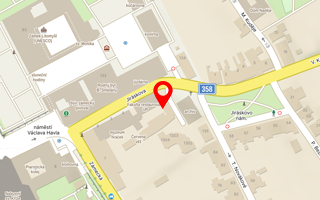Publikace detail
An overall examination of the portrait of Maria Theresa from the collection of Jaroměřice nad Rokytnou Chateau
Autoři:
Machačko Luboš | Háková Jana
Rok: 2020
Druh publikace: článek ve sborníku
Název zdroje: Quo vadis, cultural heritage preservation?
Název nakladatele: Univerzita Pardubice
Místo vydání: Pardubice
Strana od-do: 44-52
